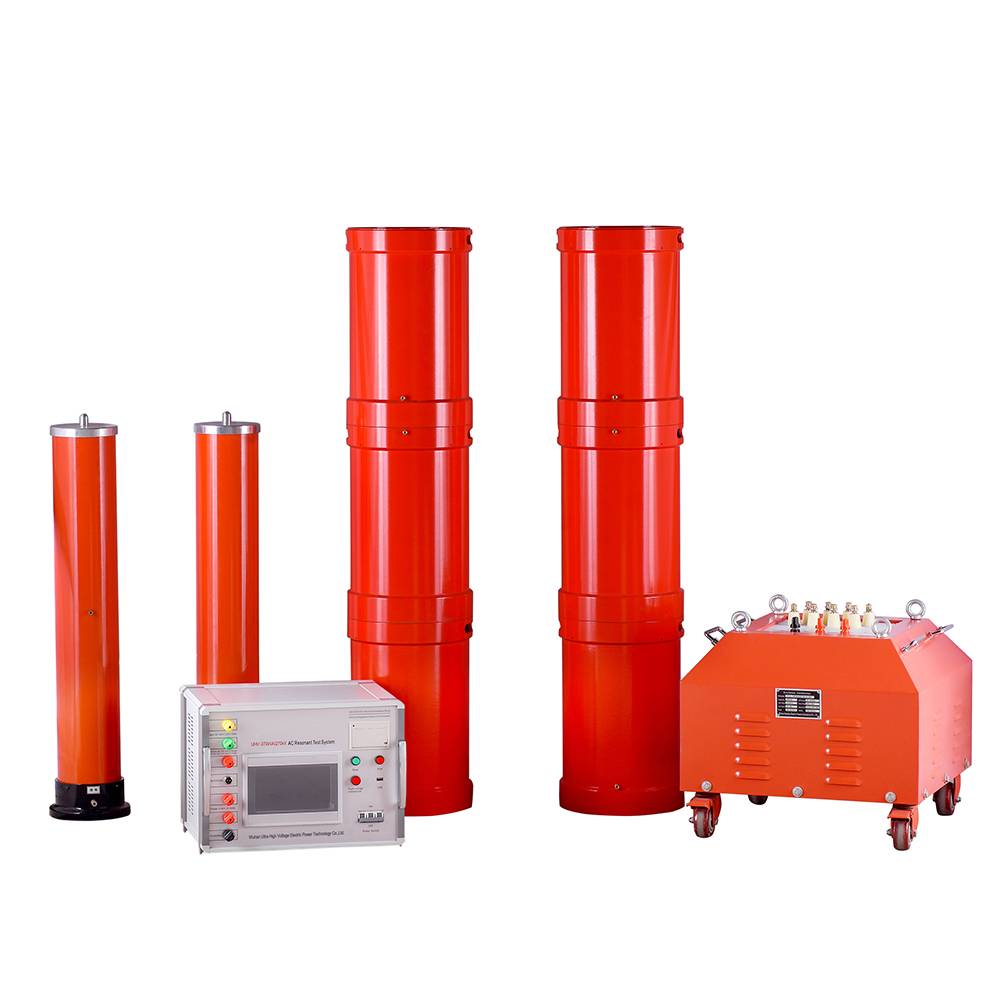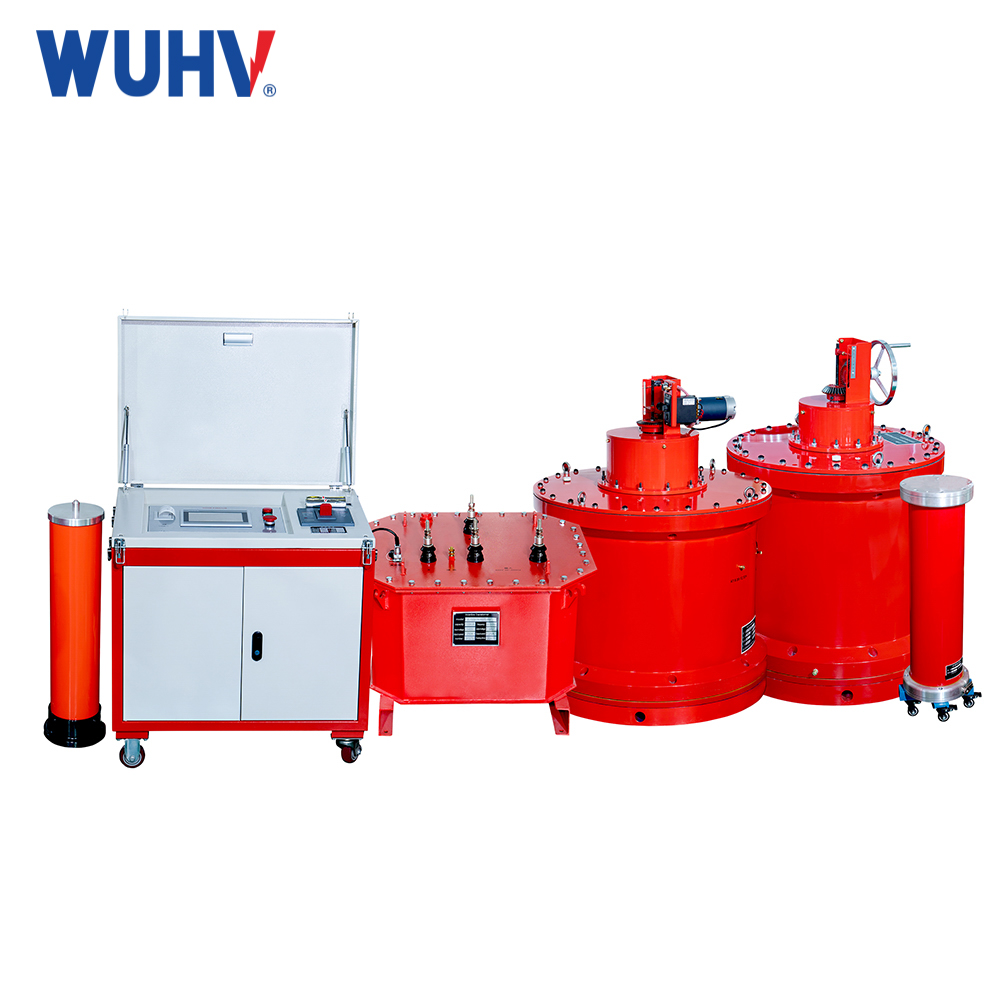Wuhan UHV specializes in producing series resonance (also known as AC/DC withstand voltage test device). Next, we will share with you the issues that should be paid attention to during DC withstand voltage testing in power cable testing.
1. It is not recommended to use AC voltage withstand test, but DC voltage withstand test should be used.
High voltage electrical equipment is usually tested for its main insulation withstand voltage through AC withstand voltage testing. Due to the large capacity of power cables, they are usually limited by the capacity of testing equipment, making it difficult to conduct power frequency AC withstand voltage testing. In addition, AC withstand voltage testing may cause free discharge in the holes of oil paper insulated cables, which can damage the cables, while the same high AC voltage can damage the insulation strength of the cables, far greater than DC voltage. Therefore, DC withstand voltage testing is a common method for checking the insulation performance of cables. DC withstand voltage test, with small equipment capacity and high voltage. Under the action of DC voltage, the voltage of the power cable is distributed according to the resistance. When the power cord malfunctions, the voltage will mainly be applied to the parts related to the defect, making it easier for the defect to be exposed, which cannot be achieved by AC withstand voltage testing.
2. When conducting a DC withstand voltage test, a negative electrode connection must be used.
Usually, when conducting DC withstand voltage tests, only attention is paid to whether the wiring is correct, while ignoring the issue of voltage polarity. The DC breakdown strength of power cables is related to the polarity of the voltage. For example, if the cable core is connected to the positive pole, under the action of an electric field, the moisture in the cable insulation layer will migrate to the lead skin with a weaker electric field. As a result, defects are not easily detected, and the breakdown voltage ratio is. When the cable core is connected to the negative pole, the cable core increases by 10%. Therefore, the DC withstand voltage test of the power cord should use a negative terminal connection.
3. The influence of temperature on DC withstand voltage testing
The insulation resistance of cables, like other high-voltage electrical appliances, decreases with increasing temperature and increases with decreasing temperature; The leakage current decreases with increasing temperature and decreases with decreasing temperature. It can be seen that temperature has a significant impact on the test data. It is very important to convert test data into recorded temperatures. If the power cord is disconnected for a long time, please pay attention to the actual temperature of the cable during the insulation test. Cable testing is usually conducted several hours after a power outage. At this point, the temperature of the cable core is close to the soil temperature. Due to the relatively fixed testing time each year, there is usually not much difference in soil temperature, but it is not possible to convert test data based on recorded outdoor temperatures. Conversion should be based on soil temperature. The temperature varies in different places. Cables placed outdoors will be affected by outdoor temperature. The cable placed in water is used to record the water temperature. Test the cable temperature for cables that have just experienced a power outage. The voltage distribution between the core and lead depends on the insulation resistance, so the temperature of the core and lead has a significant impact on the voltage distribution. When the temperature difference is not large, the insulation voltage near the cable core is higher than the insulation voltage near the lead wire; If the temperature difference is large, the insulation resistance near the core decreases relatively due to the increase in temperature, and the insulation resistance near the core is shared. The voltage will decrease and may be lower than near the wire. Therefore, in the cold state, DC withstand voltage testing can easily detect insulation defects near the cable core, while in the hot state, it is easy to detect insulation defects near the leads.




















